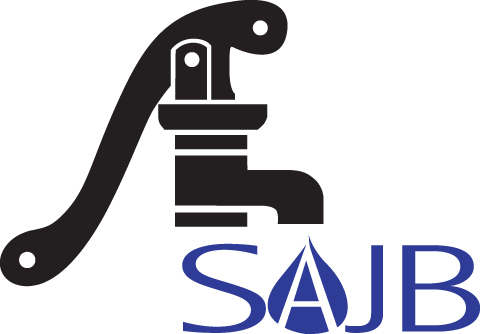What are PCBs?
Polychlorinated biphenyls (PCBs) are a toxic manmade chemical found nearly everywhere in the environment. Historically, PCBs were primarily used in coolants and lubricants in electrical equipment, such as transformers and capacitors. In the United States, PCBs were largely sold under the trade name Aroclor. Direct production of PCBs was halted in the US in the 1970’s due to evidence of human toxicity and persistence in the environment. Since that time, however, PCBs have been incidentally produced in a multitude of manufacturing processes as an unintended byproduct of processes that use heat, chlorine, and carbon.
Low levels of PCBs can be found in our wastewater, stormwater, air, groundwater, and even in our own bodies. They enter the environment through a number of different pathways, including inks and dyes (paint, dyed clothing, colored paper and packaging, etc.), motor oil, gasoline, pesticides, personal care products, caulks, and many other products. These products are often enter the wastewater system or are washed off the roadway into the stormwater system and enter the river. Once released, PCBs do not break down easily and continuously cycle through the environment. PCB molecules prefer to stick to solids and fats rather than dissolve in water.
PCB concentrations increase in animals through the food web. Because there are PCBs present in the Spokane River and subsequently high concentrations of PCBs in its fish, the Department of Health has placed limits on the amount of fish you can eat from certain sections of the Spokane River.
Find Out More
2011 Ecology – Baseline Summary of a Long term Monitoring Effort in the Spokane River for PCBs PBDEs and Metals
City of Spokane Integrated Clean Water Plan – PCBs The City of Spokane is working to improve the health of the Spokane River and reduce the amount of pollution that enters it. One important pollutant of concern for the City is PCBs.
Spokane County Water Resources – The PCB Challenge – PCBs can be found in everyday products like paint, printing inks, clothing pigments and dyes, pesticides, old fluorescent light ballasts, lubricants and hydraulic fluids.
Washington State Department of Ecology PCB Chemical Action Plan Overview
Dangerous Colors and the Poisoning of the Spokane River
by Don Fels Saturday, October 10, 2015 Crosscut
What will it take to clean up a poisoned river?
by Don Fels, Sunday October 11, 2015 Crosscut

